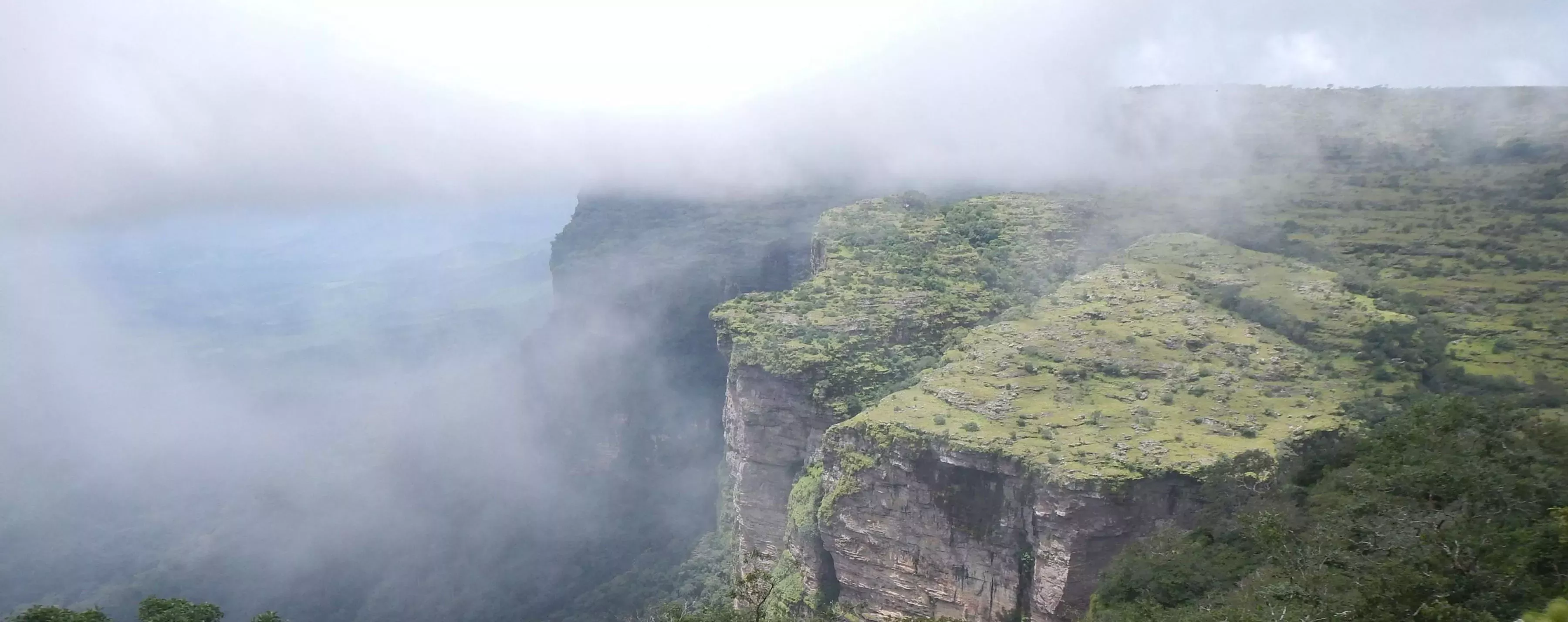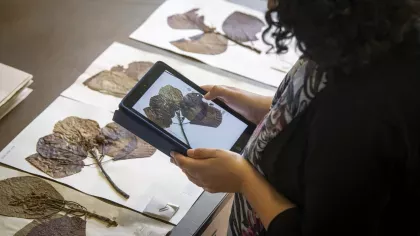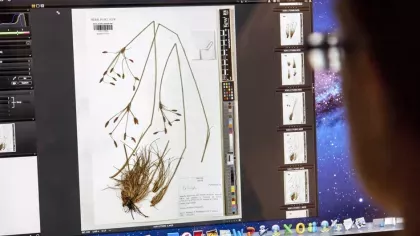8 December 2021
Nature’s little secrets
Kew's Tropical Important Plants programme is highlighting the importance of protecting plant diversity in the British Virgin Islands.

The British Virgin Islands (BVI) is a UK Overseas Territory situated in the Caribbean.
While renowned for their sparkling turquoise waters, fantastic sailing and luxury holidays, these tropical islands are also known as “nature’s little secrets”.
Four main islands Tortola, Virgin Gorda, Jost Van Dyke and Anegada and some 50 smaller islands, rocks and keys make up the BVI.
National Parks and nature in the BVI
Botanically, the BVI are part of the Puerto Rican Bank Floristic Province which includes the Commonwealth of Puerto Rico and the US Virgin Islands.
This area has a rich and diverse flora.
In the BVI, 911 plant species have been recorded, including 648 native species and 263 exotic species that are thought to have been brought to the island by humans, either intentionally or accidentally.
Four plant species are endemic, meaning they’re found nowhere else in the world: poke-me-boy (Vachellia anegadensis), wire wist (Metastelma anegadense), Jarecki’s pitcairnia (Pitcairnia jareckii) and Senna polyphylla var. neglecta.
The first National Park in the BVI was set up almost 60 years ago. Today, there are now 21 National Parks which are legally designated to protect and preserve the islands’ biodiversity and heritage.
Due to the lack of botanical information at the time, the sites were identified mainly based on the occurrence of key animals and/or heritage features.
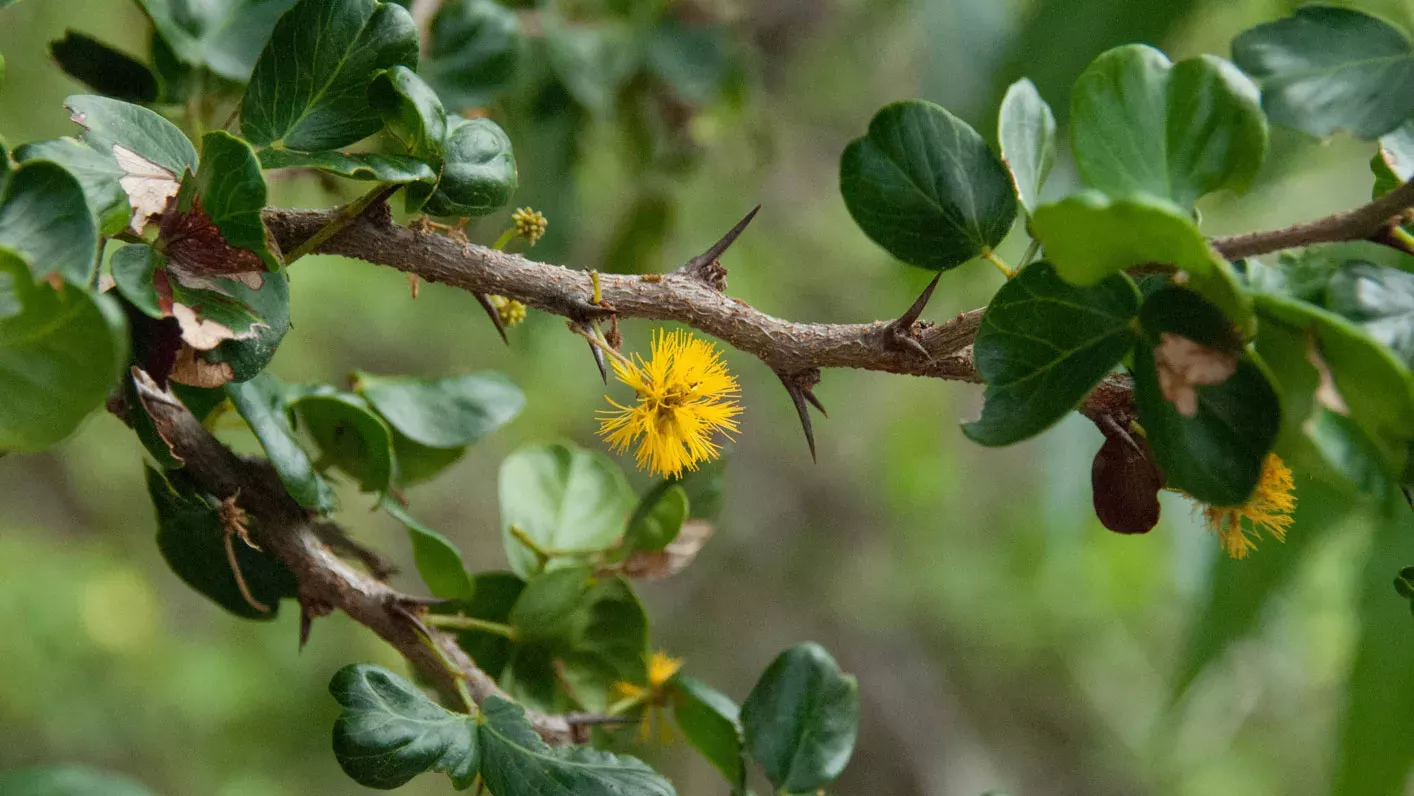
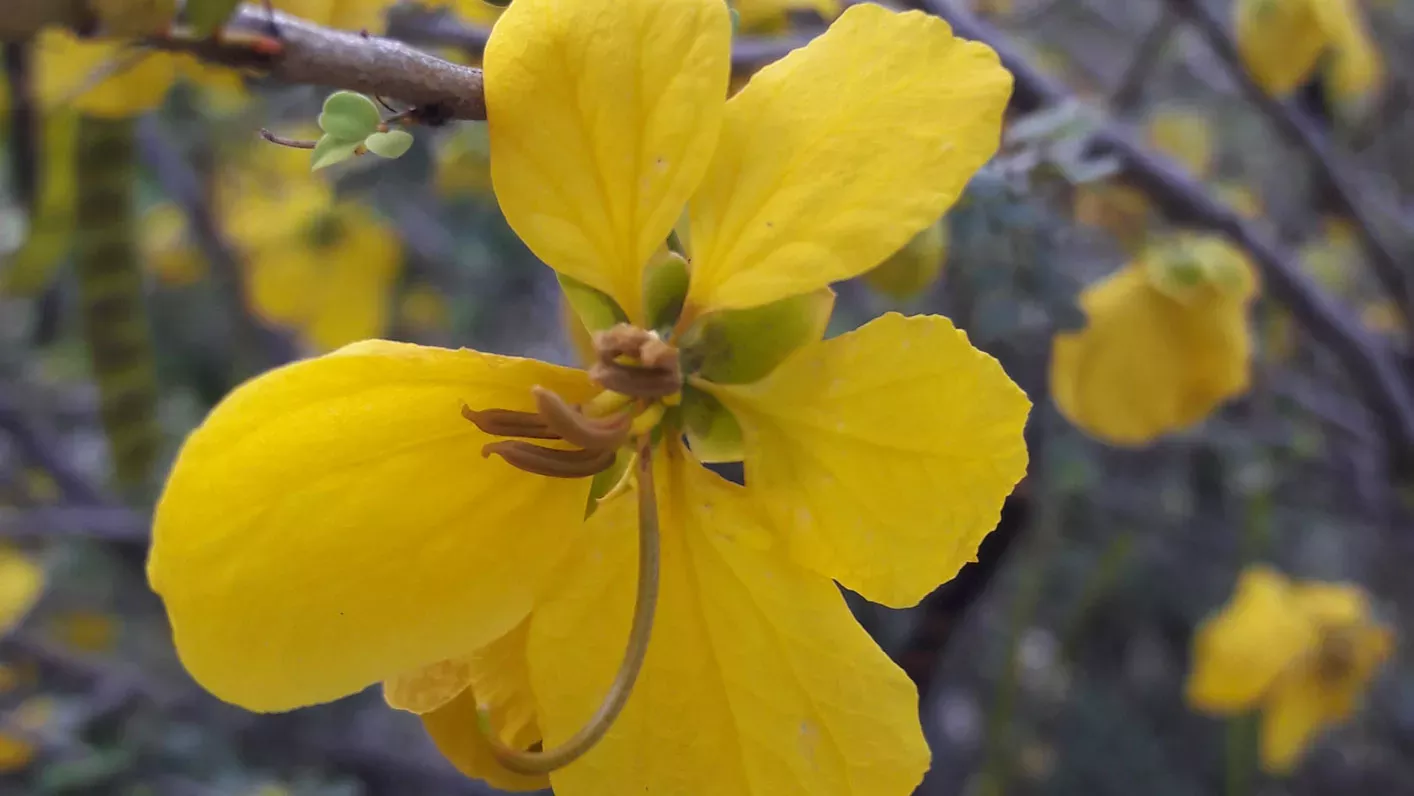
Protecting plants in the BVI
Kew has been working closely with the National Parks Trust of the Virgin Islands (NPTVI) for the past two decades developing a deep understanding of the distribution of plant diversity, and the threats this diversity faces, across the archipelago.
Extensive botanical surveys, which led to detailed habitat mapping and Red List assessments of its restricted plant species, enabled us to the identify 18 sites as Tropical Important Plant Areas (TIPAs).
These are key sites which support threatened plants species and habitats and plants of conservation concern. They are the first TIPAs sites to be identified in the Caribbean, which can now be incorporated into conservation planning.
In Guinea, West Africa, where Kew is also undertaking TIPAs work, 22 TIPAs have been identified and the government has declared that they will integrate these into their National Protected Area network.
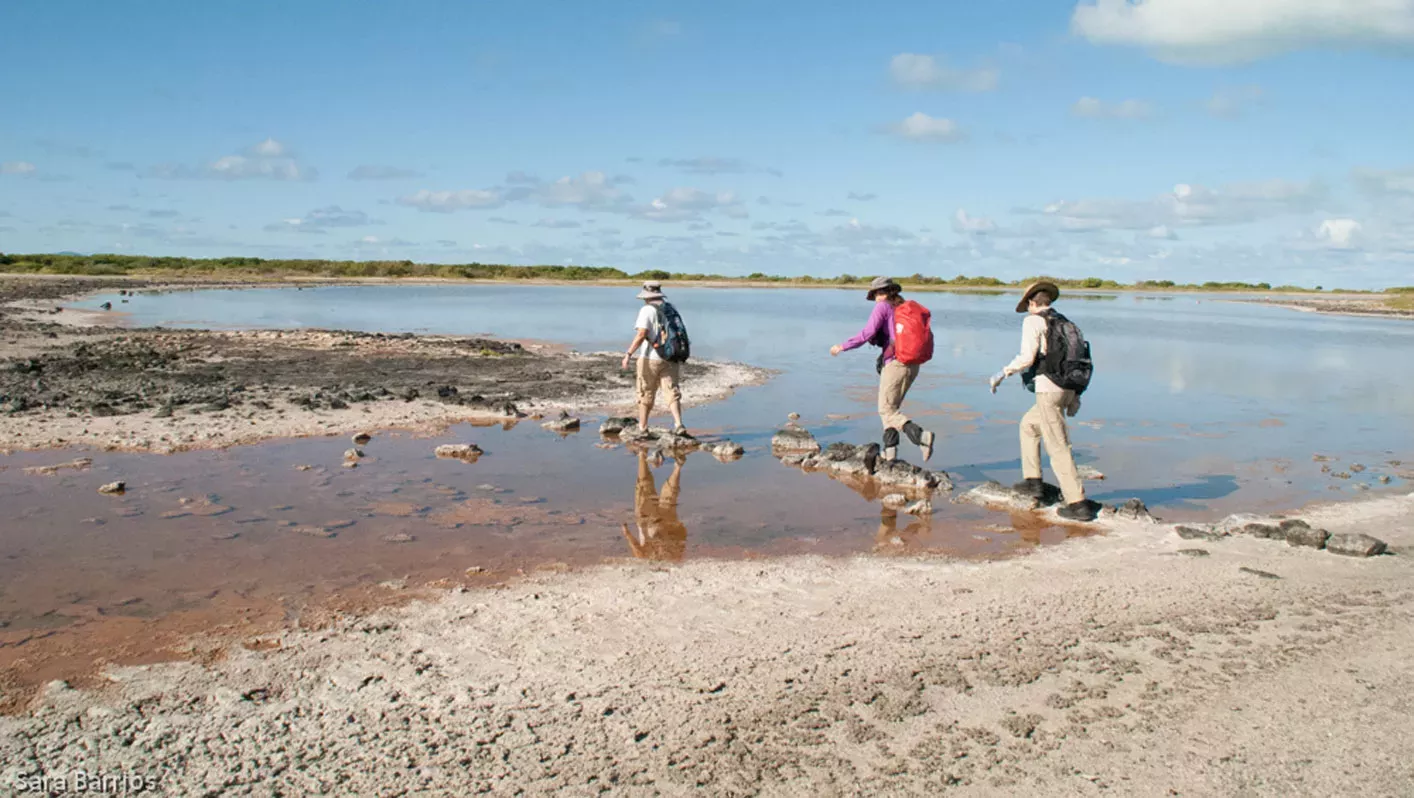
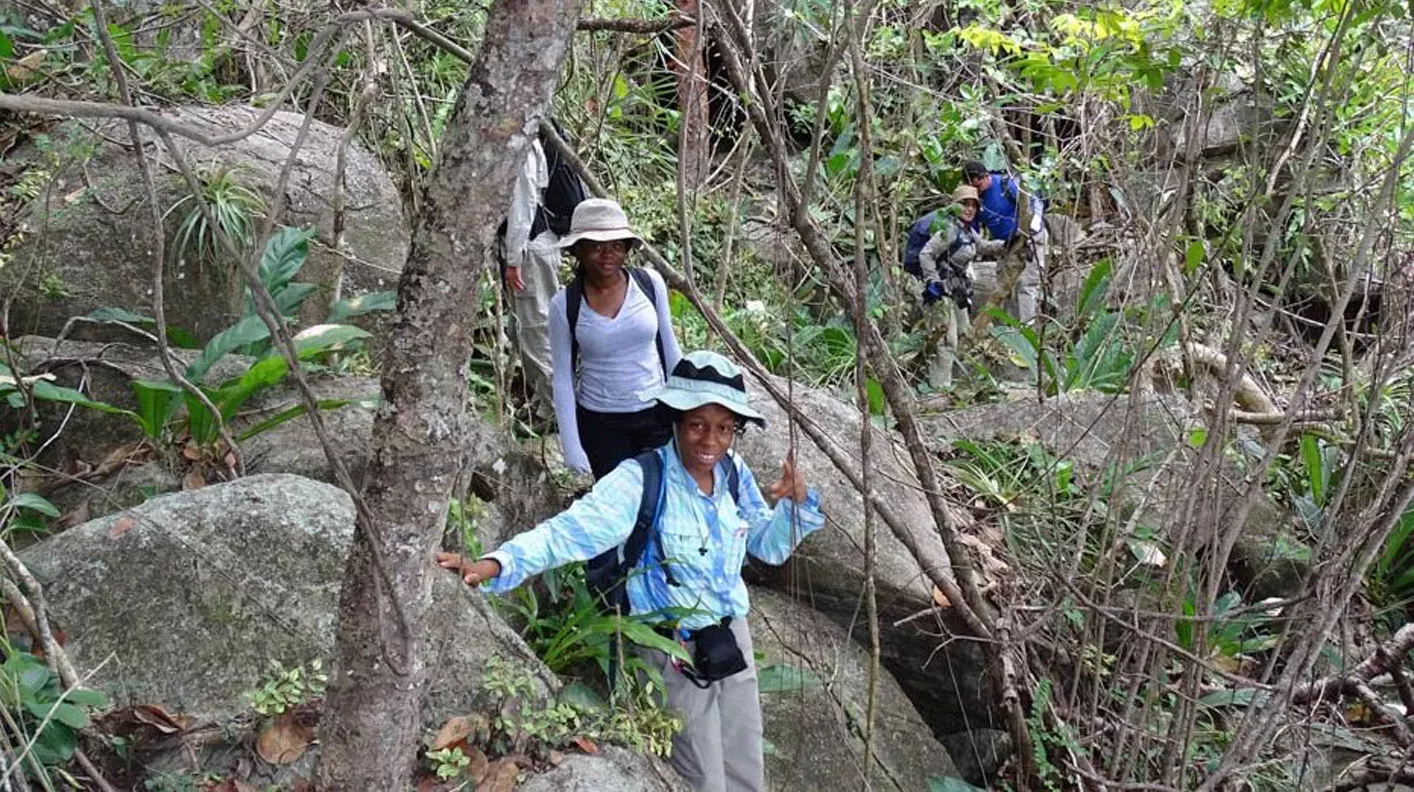
What is a TIPA?
Kew’s TIPA programme is identifying the most important sites for wild plant diversity in tropical countries. The programme is based on the Important Plant Areas guidelines established by Plantlife International.
To qualify as a TIPA, a site must meet at least one of the following criteria:
- the presence of important populations of globally threatened species;
- an exceptional diversity of native plant species, particularly those of conservation or cultural importance;
- the largest and most intact areas of threatened or extremely restricted habitats.
Species of conservation concern
During the process of identifying TIPAs in the BVI, we found 35 plant Species of Conservation Concern.
Amongst these, 25 have been assessed as globally threatened and are on the IUCN Red List of Threatened Species™.
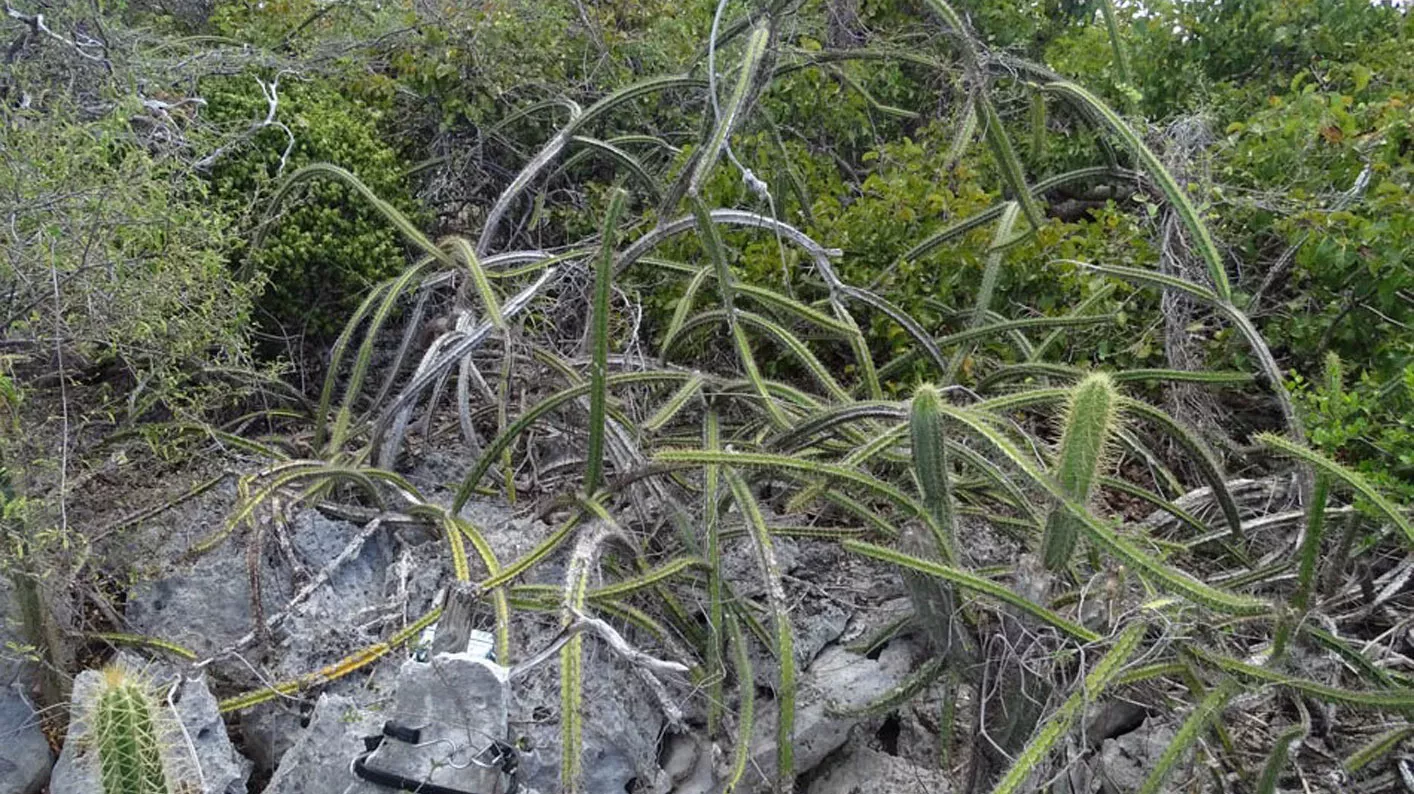
The main threats to the BVI's plant species include agriculture, invasive plants, pests and diseases, free-roaming livestock and climate change.
In our newest paper, we set out to map where these 35 species are distributed across the BVI, in our 18 TIPAs and the 21 National Parks.
All 35 species were found in all but one TIPA, Paraquita Bay and Bar Bay TIPA, with this TIPA a key site for mangroves, a threatened habitat.
When it came to National Parks, the species of conservation concern were found in only 10 of the 21 parks and four of the eight proposed new National Parks.
We also concluded that the four species endemic to the BVI are well represented within TIPAs, but not in National Parks.
Our work here shows that, currently because of the way they were originally designated, the BVI National Parks system is falling short of completely protecting key plant diversity across the islands.
With this system now up for review, we hope that our evidence can inform the National Park network to incorporate TIPAs for the long-term conservation of plant diversity.
Read the paper
Dani Sanchez, M., Clubbe, C., Woodfield-Pascoe, N. et al. (2021) Tropical important plant areas, plant species richness and conservation in the British Virgin Islands. Nature Conservation 45: 11 – 39.
Acknowledgements
Thanks to funding from the HSBC 150th Anniversary fund. Thanks to regional partners: Jeanine Gavilan-Velez (University of Puerto Rico, MAPR Herbarium), Omar Monsegur (USFWS CESFO) and José Sustache (DRNA).
Thanks to Alex Roberts and Rosemary Foley for their assistance compiling information for the IUCN Red List assessments and digitising herbarium specimens. Thanks to Lynda Varlack and Tessa Smith for their participation in the BVI TIPAs National Team.


